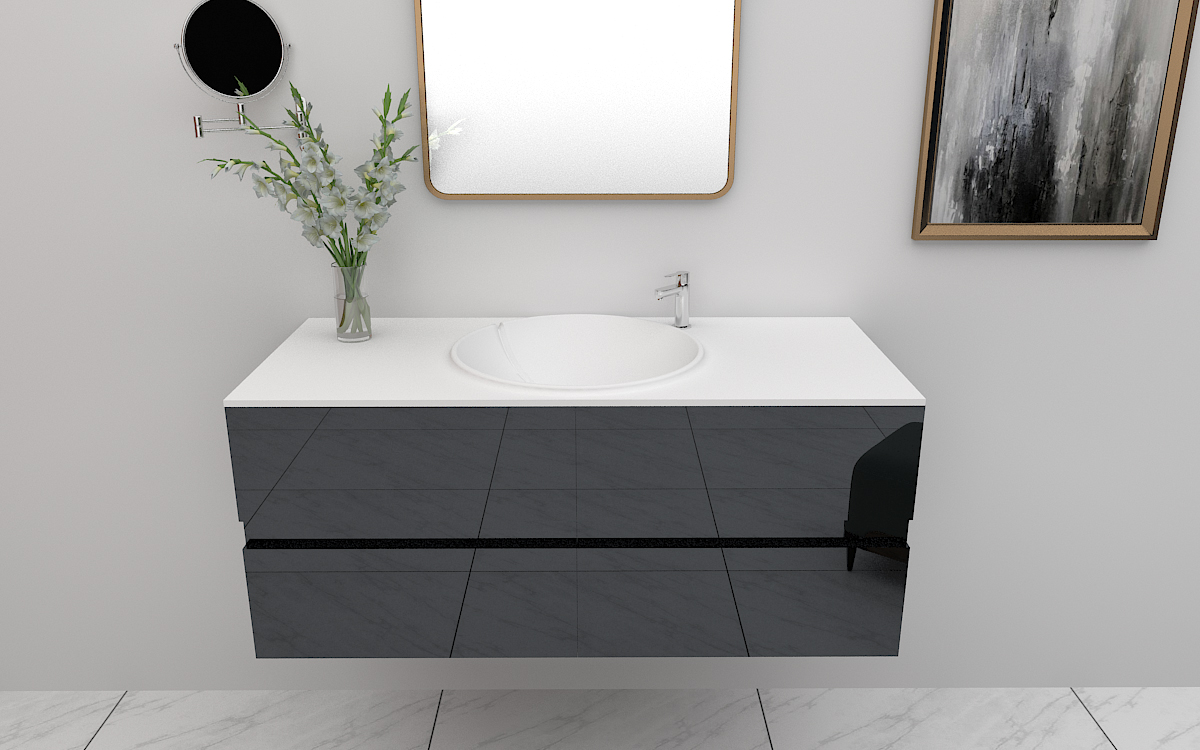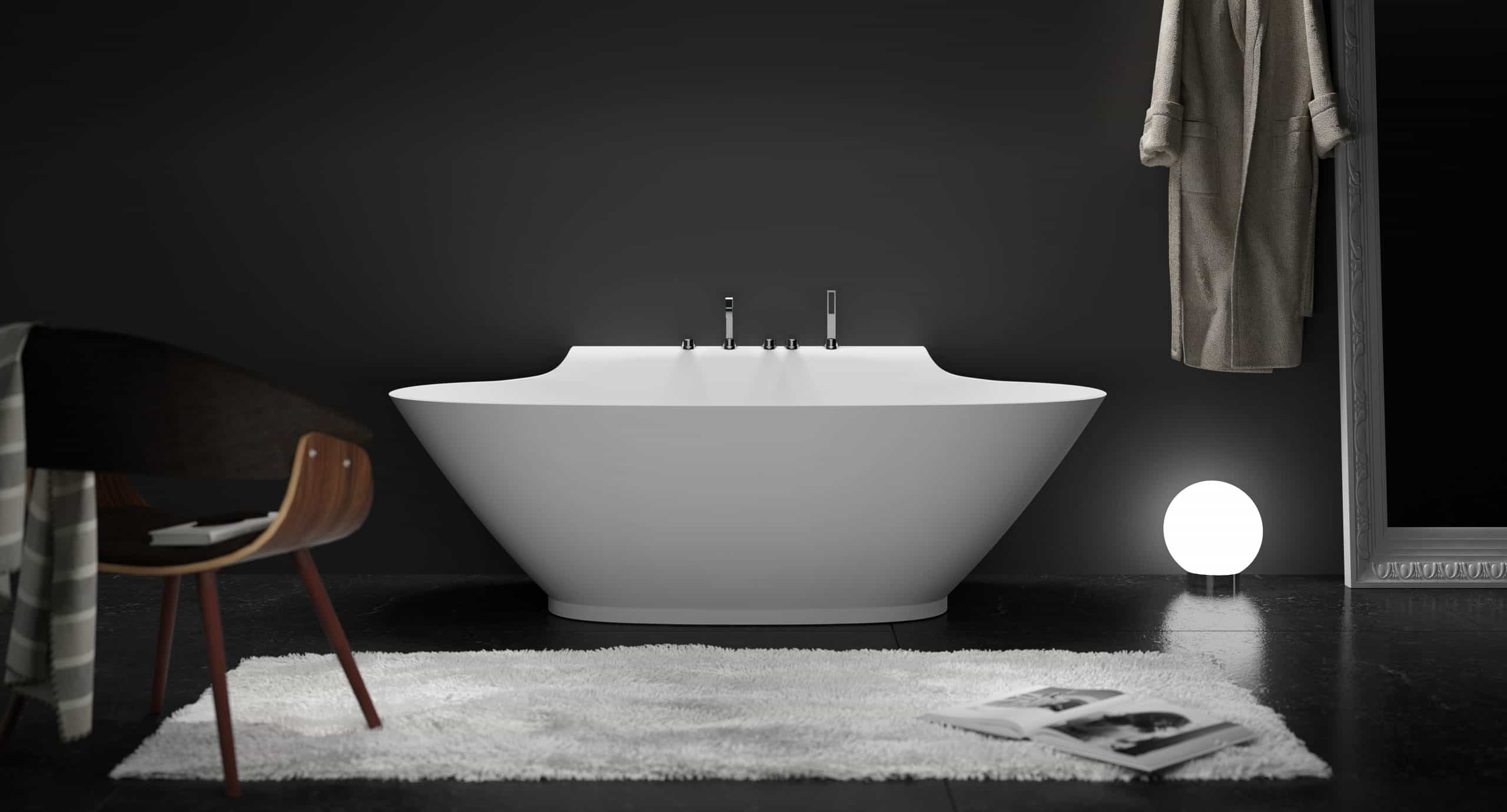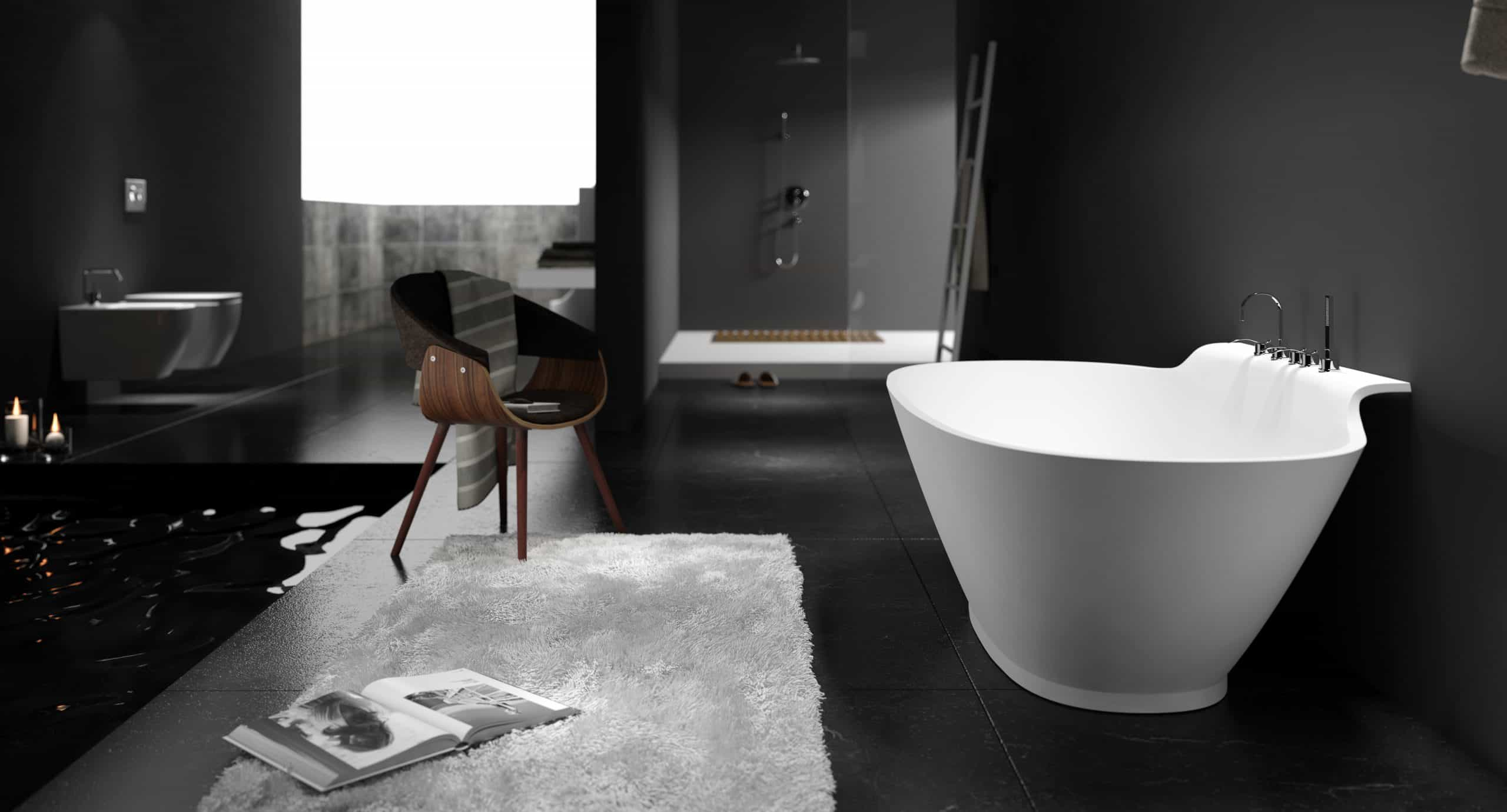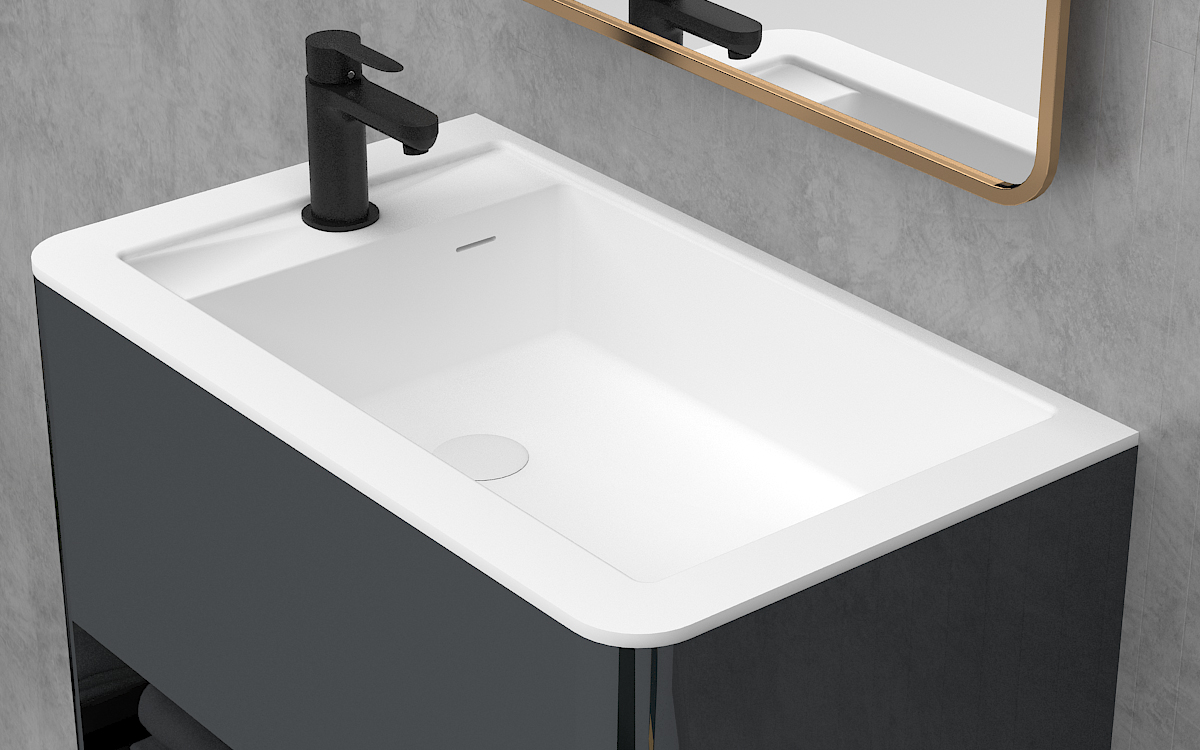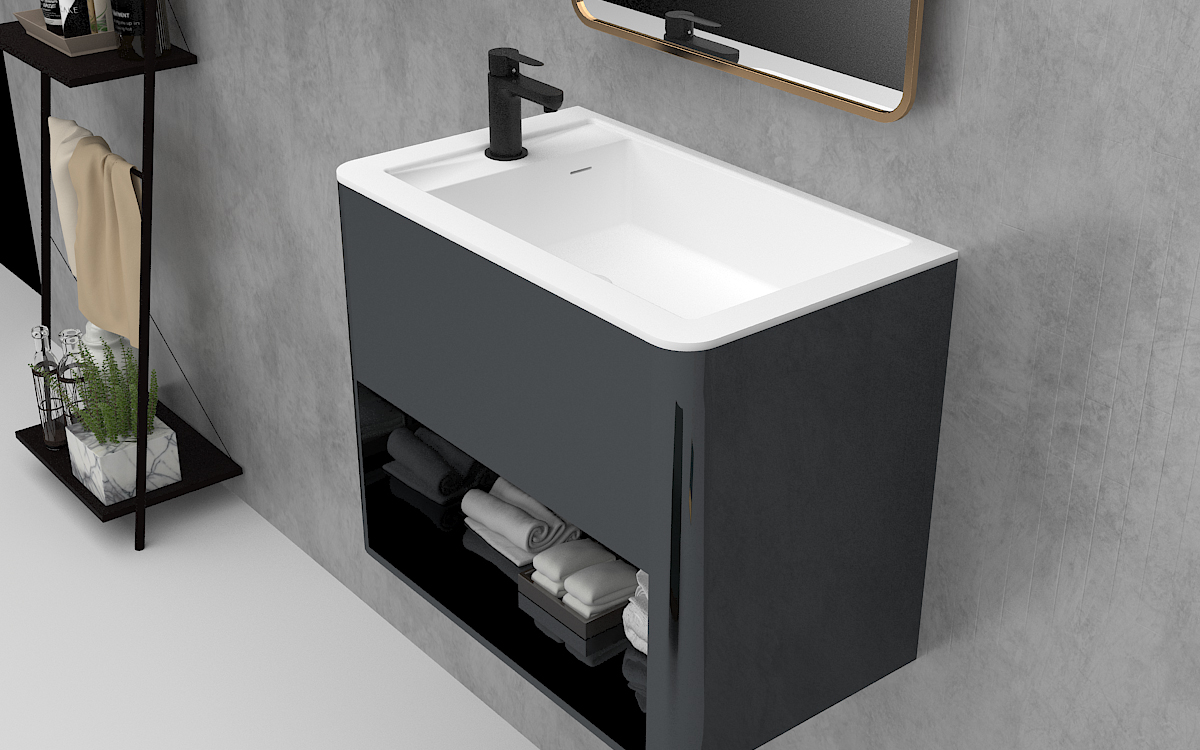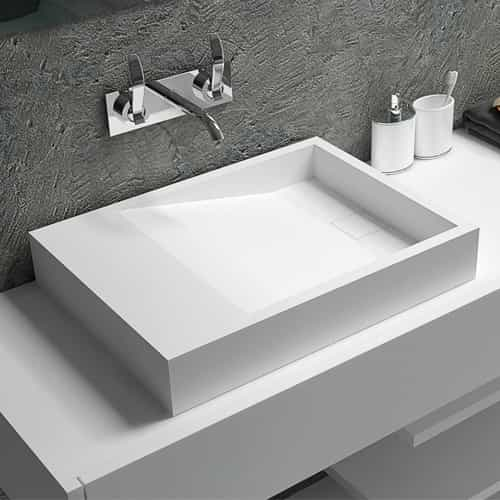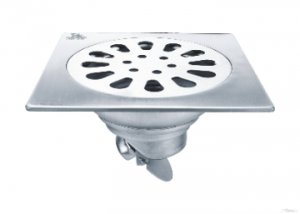
Floor drain selection points
1. The CJ/T 186-2003 standard is only applicable to floor drains used in general industrial and civil buildings, not for special places such as anti-wave floor drains for civil air defense projects and explosion-proof floor drains for petrochemical enterprises. For floor drains in special places, in addition to referring to this standard, they should also meet the technical requirements of related industries.
2. Water seal is one of the important features of a water-sealed floor drain. When selecting, you should know whether the water seal depth of the product reaches 50mm. Side wall type floor drains, floor drains with mesh frame, and airtight floor drains generally do not have water seals; most of the overflow-proof floor drains and multi-channel floor drains have water seals, and the selection should be based on the manufacturer’s information. For floor drains without water seals, a water trap with a water seal depth of not less than 50mm should be installed in the floor drain discharge pipe. This component can be configured by the floor drain manufacturer, or set by the construction unit that installs the floor drain.
3. The height of the floor drain grate can be adjusted, and the adjustment height is not less than 35mm to ensure that the level of the floor drain surface after the ground decoration is completed is the same as the ground. The floor drain is equipped with a waterproof wing ring, which is to meet the waterproof requirements when the floor drain is installed on the floor. The grating strength of the floor drain located in the car passage of the underground garage or in the load-bearing place should be able to meet the corresponding load.
4. The structure of the floor drain with water seal should be reasonable and smooth, and the debris in the drainage is not easy to settle down; the cross-sectional area of each part should be larger than the cross-sectional area of the discharge pipe, and the minimum net width of the runner cross-section should not be less than 10mm.
5. There are three connection methods for floor drain: socket; thread; clamp. The size of the connection port can be determined according to the relevant regulations of the current state. The builder shall not complete the construction if the floor drain is not provided with a backwater bay.
Floor drain selection points
Floor drain repair
pan-flavored
Reason analysis: It may be that the height of the water seal of the floor drain is not enough, and it is easy to dry up, causing the odor in the drainage pipe to flood into the room.
Solution: First, there may not be a backwater bend in the floor drain, just add one in; second, change to a floor drain of the same brand and specification. However, during construction, be careful not to damage the waterproof layer. In addition, it should be reminded that during use, the water seal should be prevented from drying up, and water should be injected regularly. If you are away for a long time, it is best to seal the floor drain with a lid.
overflow
Reason analysis: It may be that the water passage of the floor drain is not smooth enough, the sewage cannot pass through quickly, or the internal structure of the floor drain is convex and concave, and the dirt such as hair and fibers are caught.
Solution: The height of the floor drain is determined by the layout of the drainage system. Therefore, the height of the floor drain selected for it is preferably within 200mm and 120mm, and it must be drained laterally. Commonly used concealed installation methods are two kinds of pipes for sinking the bathroom structure floor and laying pipes for the cushion layer in the bathroom. In order to meet the clear height and ergonomic requirements of the bathroom, the sinking clearance of the former is 300mm, and the height of the cushion layer of the latter is up to 170mm.
seepage
Solution: Open the floor tiles around the floor drain, excavate the surrounding cement to a depth of 3cm, and then seal it with “plugging spirit”. After 1 hour, do a closed water test to observe whether it still sees water.







